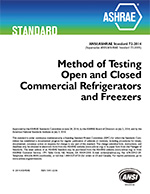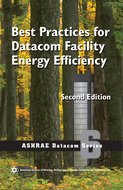Discussions of building commissioning often focus on the acceptance phase of the process because that is when much of the work comes to a head. This paper deals largely with the acceptance phase of the commissioning process for a VAV laboratory. However, as others have pointed out, success or failure in the acceptance phase may be determined much earlier in the process. In order to properly cover the acceptance phase, the paper also describes some specific steps at earlier stages that contribute to acceptance. In summary, four factors lead to successful acceptance commissioning of a VAV laboratory. Forethought – Numerous opportunities to save time and money at the acceptance phase by spending a little more than necessary earlier. In fact, many problems cannot be practically solved if they are not discovered until acceptance testing. Coordination – From beginning, and throughout the process, the control contractor and the TAB contractor have to keep each other informed of their needs and their plans. It may start before the contracts are signed (qualifying components and systems) and be continued through acceptance testing (when the control contractor’s actions may lead to smooth sailing for the balancer or seriously disrupt his/her work). Efficient TAB Procedures – The TAB contractor tackles the task of testing complex, interrelated systems in a sequence that minimises the need for back-tracking. Execution and Commitment to Results – Planning only gets you so far. Commissioning requires consistent attention to detail during repetitive work. Any error or inconsistency undermines the process because it leads to delays later. It also requires a dedication to handle the unexpected problems.
KEYWORDS: commissioning, variable volume air conditioning, laboratories, coordinating, computer controls.
Citation: Symposium, ASHRAE Trans. 1994, Vol.100, Part 1,
Product Details
- Published:
- 1994
- File Size:
- 1 file , 710 KB
- Product Code(s):
- D-18023


